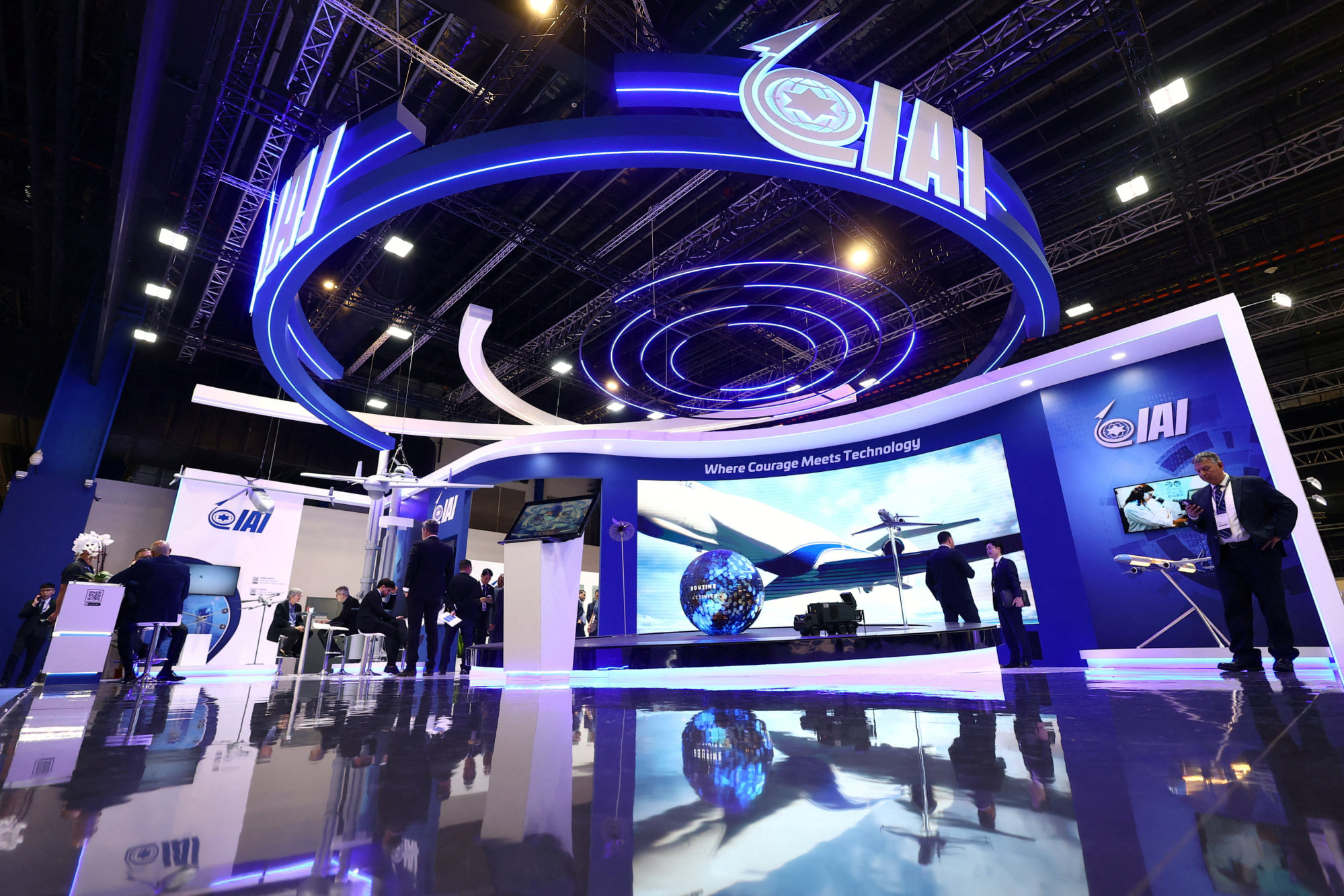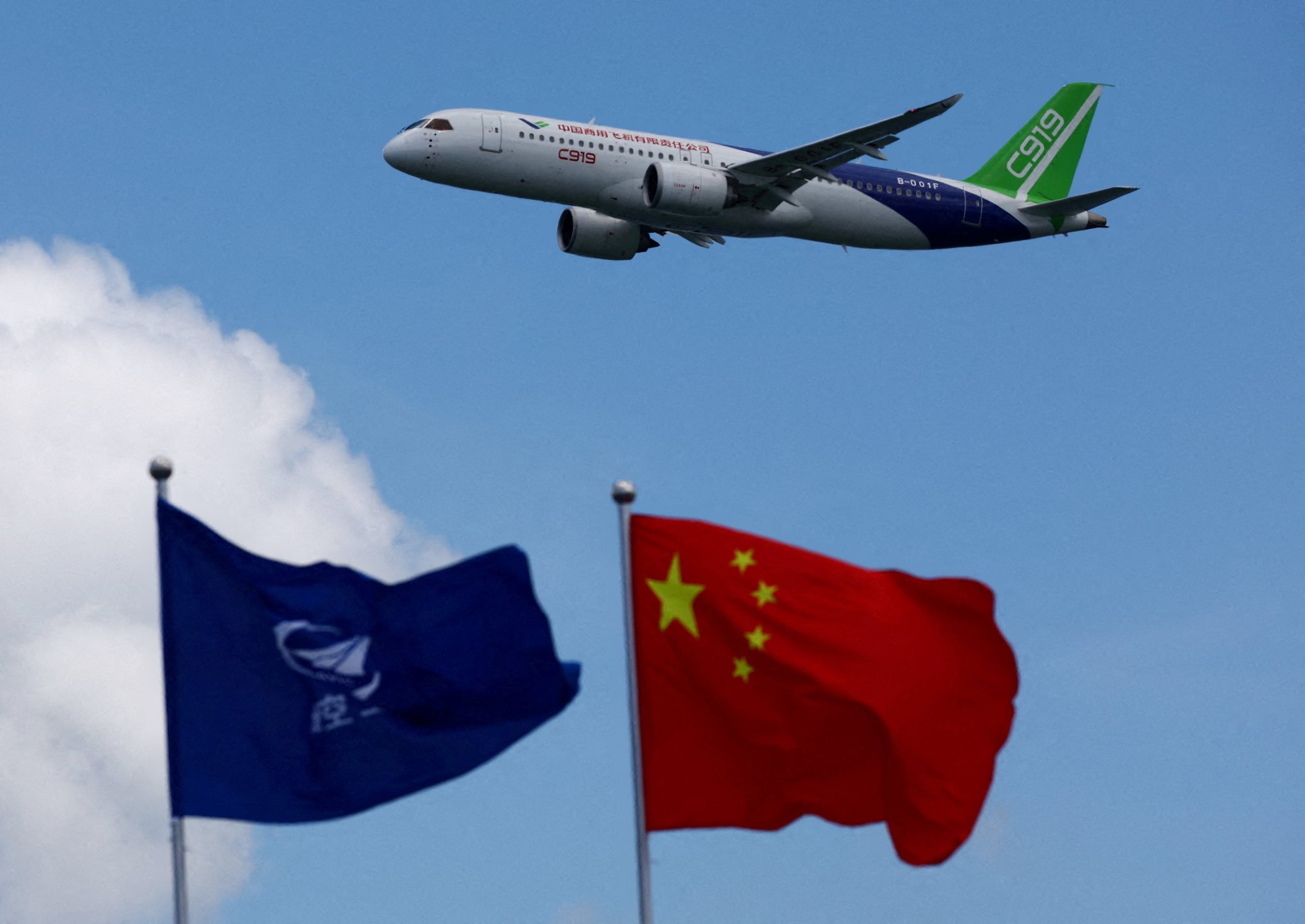Leck Chet Lam, managing director of show organiser Experia, blamed “higher attendance than in previous editions”.
More than 1,000 commercial and defence companies from 50 countries participated in the show, organisers said.

“The general mood is extremely positive but also very demanding,” said Dennis Kohr, head of corporate sales Asia-Pacific for aircraft maintenance provider Lufthansa Technik Group.
“It’s the first air show after the pandemic; there is not only a huge demand for air travel, but also huge demand for MRO services,” he added, referring to maintenance, repair and overhaul.
Natasha Pheiffer, regional managing director for Asia at British defence firm BAE Systems, said it was great to see attendees face to face again.
“We had a really busy week … discussing future air capability, our space and autonomous air technologies, our cyber, electronic warfare, sea, and land offering and our presence across Asia,” she said.

Aerial display
COMAC was also the first company to announce orders at the show, flagging a deal with Tibet Airlines for 40 C919 single-aisle planes and 10 ARJ21 regional jets, plus six ARJ21s for China’s Henan Civil Aviation Development and Investment Group.
Shortly afterwards, Royal Brunei Airlines said it was ordering four Boeing 787-9 Dreamliners.
Airbus announced an order for five A350 freighters and three A330neo widebody passenger jets from Taiwan’s Starlux Airlines. Airbus also had a provisional deal with Vietnamese budget carrier VietJet for 20 A330neo widebody airliners.
China’s C919 jet makes international debut in Singapore with air show test flight
China’s C919 jet makes international debut in Singapore with air show test flight
Sustainability was in focus, with Singapore announcing a green jet fuel mandate to be funded by a levy on travellers and air show organisers stressing the importance of protecting the environment, but the industry remains divided over how to achieve its goal of net zero carbon emissions by 2050.
Supply chain issues clouded some of the show’s optimism, with exhibitors citing long lead times and high costs, which have dogged the industry since Covid-19 and worsened after Russia invaded Ukraine. The problems have been especially acute for raw materials such as aerospace-grade metals.
Still, Paul Bolton, chief operating officer of First Aviation Services, was hopeful the worst was over and that growing demand would lead manufacturers back to aerospace production.
“It will get better in maybe two to three years,” he said.
